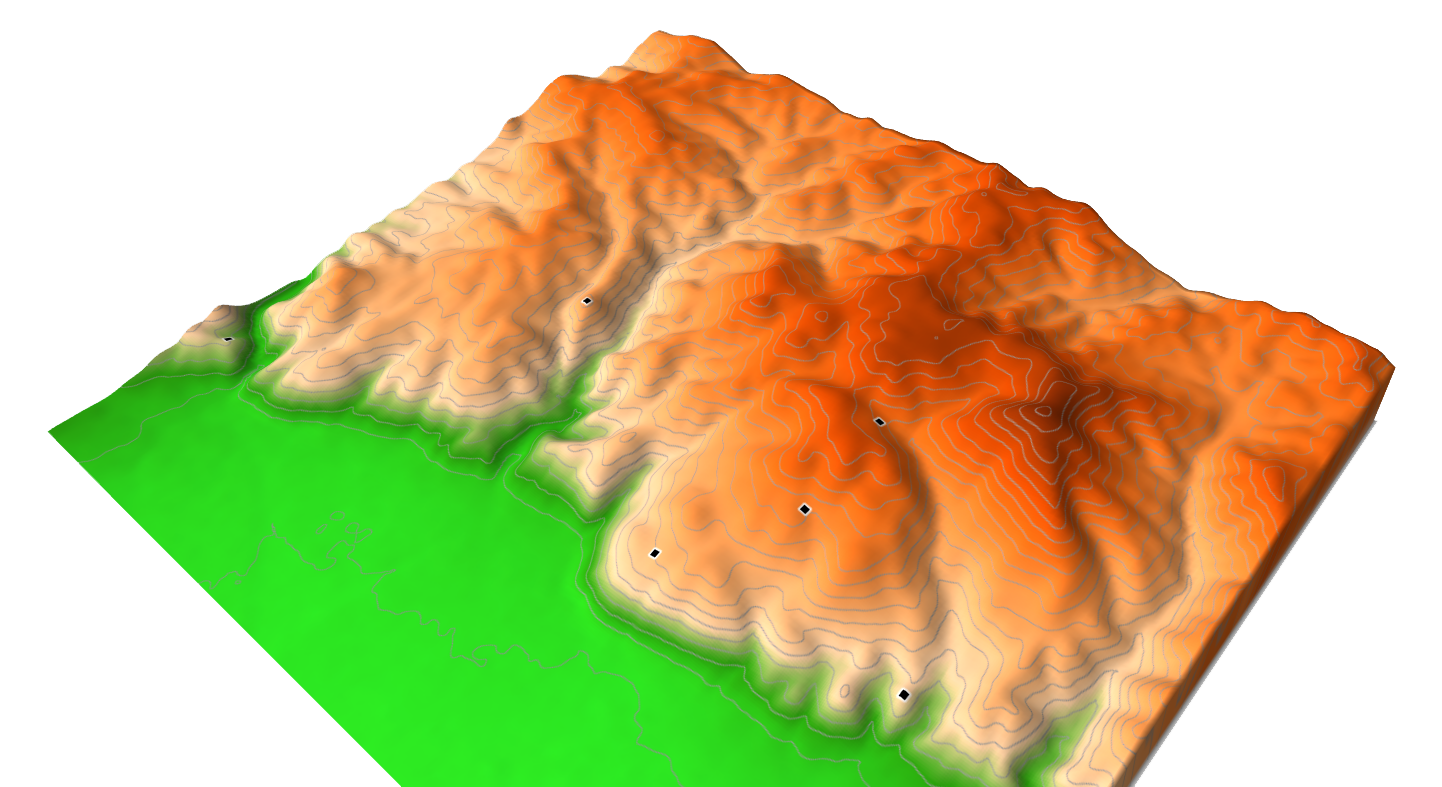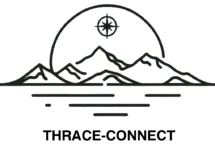The main purpose of the THRACE-CONNECT project is to study and highlight the complex communication networks that linked the coastal zone of Aegean Thrace with its inland regions, with the Rhodope mountains as a central point of reference, from the Archaic to the Roman period.
The research focuses on the following key areas:
- The significance of the Rhodope mountains as a meeting point of trade routes and cultural exchanges.
- The integration of diverse sources (archaeological, historical, and literary) to provide a comprehensive picture of ancient networks and avoid fragmented interpretations.
- The use of modern technologies (such as GIS and analytical methods), which enable reconstructions of communication routes and a better understanding of the geographical factors that shaped them.
- The tracing of trade routes and cultural interactions, to show how goods, ideas, and people circulated within and beyond Thrace.
- The study of transport infrastructure in the region aiming to better understand urban development and settlement patterns.
Specific Objectives
- To develop a new methodology that will contribute to a deeper understanding of the cultural evolution of Thrace.
- To conduct a diachronic study of historical changes in the relations between Greeks and Thracians.
- To investigate Greek colonization, its impact on local culture and society, and its broader consequences.
- To study the processes of cultural interaction and assimilation, and to explore how Thracians adopted or not adopted Greek elements over time.
In short, THRACE-CONNECT seeks to shed light on the role of Thrace as a dynamic crossroads of peoples and cultures, where the Rhodope mountains at times served as boundaries and at other times as bridges of communication.

